Leg pain, while common, can range from a mild annoyance to a severe impediment. For many, understanding the root of this discomfort can be puzzling, especially when it arises without a clear injury or trigger. Just as there are numerous activities and motions that involve our legs, there are equally diverse causes for the aches and pains we experience. From overexertion in athletes to underlying health conditions in the elderly, this post will delve into some of the prevalent causes of leg pain, offering clarity and guidance.
Contents
Muscle Strain
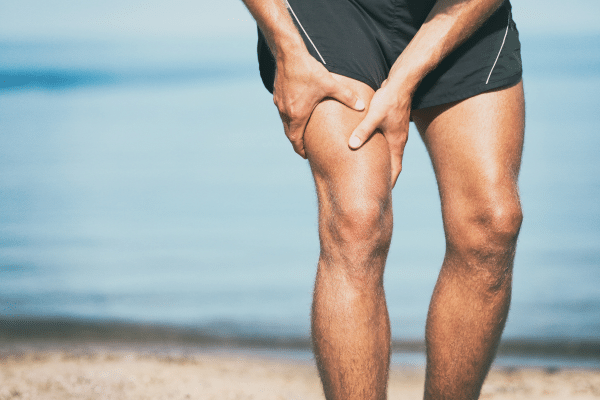
Muscle strains, commonly known as pulled muscles, arise when muscle fibers are overstretched or torn. This kind of injury can result from various activities such as heavy lifting, sudden movements, or even overuse during rigorous exercises. The pain from a muscle strain can vary in intensity, sometimes being sharp and sudden or evolving into a dull ache that lingers. It’s essential to allow the injured muscle to rest and recover. Applying ice, compression, and elevation, collectively known as the R.I.C.E. method, can often alleviate pain and swelling associated with this condition.
While anyone can experience a muscle strain, individuals who don’t properly warm up before physical activities or those who push their bodies beyond their current capability are more susceptible. Additionally, factors such as fatigue, previous injuries, or inadequate equipment (like shoes) can increase the risk. As the muscle heals, gentle stretching and strengthening exercises can aid recovery and reduce the chance of future strains.
Peripheral Artery Disease (PAD)

Peripheral Artery Disease, or PAD, is a circulatory issue where narrowed arteries reduce blood flow to the limbs, commonly the legs. This reduction often results in pain, especially during physical activities when the muscles aren’t receiving enough oxygen-rich blood. The pain might manifest as a cramping sensation and usually subsides with rest. However, it’s vital to recognize that PAD isn’t merely about discomfort; it signals broader arterial problems which can lead to heart attacks or strokes.
A primary cause of PAD is the buildup of fatty deposits in the arteries, also known as atherosclerosis. Smoking, diabetes, obesity, and high blood pressure are among the significant risk factors. If someone experiences consistent leg pain, especially if combined with other symptoms like coldness in the lower leg or foot, it’s imperative to consult a healthcare professional. Early detection and management of PAD can significantly reduce the risk of more severe complications.
Arthritis
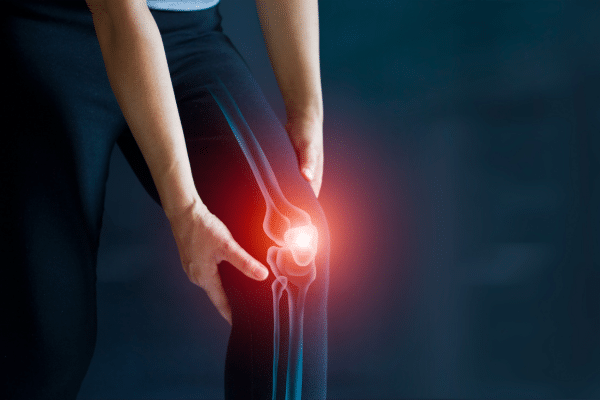
Arthritis, often misconstrued as a singular ailment, encompasses various conditions affecting the joints. These conditions lead to symptoms ranging from mild discomfort to debilitating pain in the affected areas, including the legs. Osteoarthritis, the most common type, involves wear-and-tear damage to the joint’s cartilage. When this protective surface wears down, bones begin to rub against each other, causing pain, especially in weight-bearing joints like the knees and hips.
Another prevalent form, rheumatoid arthritis, is an autoimmune disorder where the body mistakenly targets its joint linings. This attack results in painful swelling and can eventually result in joint deformity. The exact cause remains unknown, but factors such as genetics, environment, and hormones might play roles. Those suffering from leg pain due to arthritis benefit from various treatments, from physical therapy and medications to surgical interventions in severe cases.
Electrolyte Imbalance
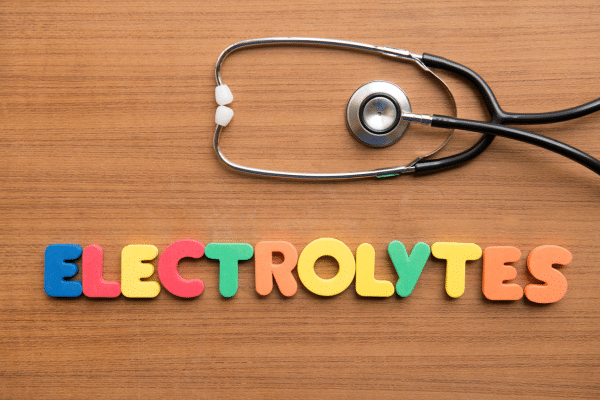
Electrolytes play a pivotal role in numerous bodily functions, including muscle contractions. An imbalance—often involving key electrolytes like potassium, calcium, and sodium—can disrupt these functions, manifesting as muscle pain or spasms in the legs. Dehydration, certain medications, kidney disease, or an imbalanced diet can lead to these imbalances. For instance, a significant drop in potassium levels can result in muscle weakness or even paralysis.
To maintain balanced electrolyte levels, it’s crucial to consume a balanced diet and stay adequately hydrated. Individuals engaging in intense physical activities, particularly in hot environments, should also be wary, as excessive sweating can exacerbate electrolyte loss. Replenishing with electrolyte-rich drinks or foods can help, but persistent symptoms warrant medical attention to rule out underlying conditions.
Muscle Cramp

A sudden, sharp pain in the leg that seems to emerge from nowhere can often be a muscle cramp. These involuntary muscle contractions are ubiquitous and can be caused by several factors. Overexertion, dehydration, and electrolyte imbalances are common culprits. Additionally, muscle cramps may strike during the night or when making specific movements, catching individuals off guard.
Though muscle cramps are usually harmless, they can be incredibly uncomfortable. Staying hydrated and ensuring adequate mineral intake, especially magnesium, potassium, and calcium, can help prevent their occurrence. When a cramp does strike, gently stretching and massaging the affected muscle can provide relief. If leg cramps are frequent or persistent, it may be indicative of an underlying issue, and consulting a healthcare provider becomes essential.
Shin Splints
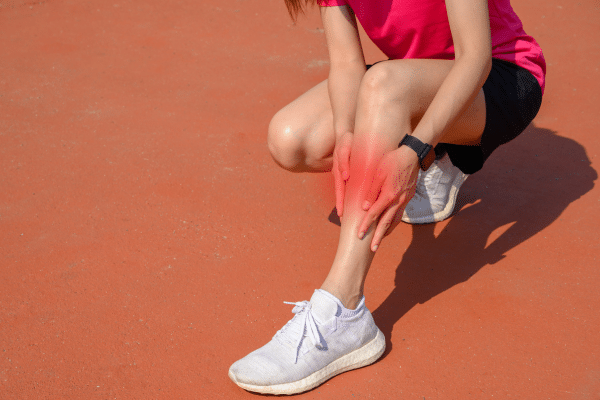
Shin splints, medically known as medial tibial stress syndrome, are a frequent source of pain for many active individuals, especially runners. This discomfort emanates from the front part of the lower leg and is caused by excessive force on the shin bone and its connective tissues. Such force can be the result of sudden changes in physical activity levels, improper footwear, or running on uneven terrains. Many experience a sharp pain during or after exercises, especially when these factors come into play.
To mitigate the pain of shin splints and prevent their recurrence, certain measures can be invaluable. These include adopting a gradual approach to new or intensified exercise regimens, ensuring appropriate footwear that offers good support, and incorporating strength training exercises for the lower leg muscles. If the pain persists or worsens despite these interventions, seeking medical advice is essential to rule out more severe conditions like stress fractures.
Deep Vein Thrombosis (DVT)
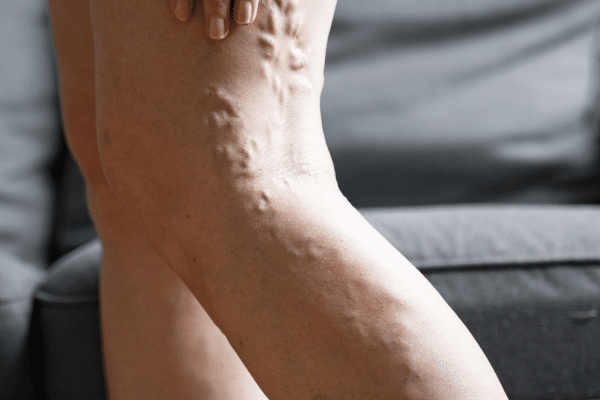
Deep Vein Thrombosis, or DVT, is a serious condition where blood clots form in deep veins, predominantly in the legs. These clots can cause pain and swelling, but what makes DVT especially treacherous is the potential for a clot to break free. Should this occur, it can travel to the lungs, leading to a life-threatening situation known as a pulmonary embolism. Prolonged periods of inactivity, such as long flights or bed rest, surgery, certain medications, and genetic factors can increase the risk of DVT.
Recognizing the signs of DVT, which also include warmth and red or discolored skin around the affected area, is crucial. Those suspecting they might have DVT should seek immediate medical attention. Treatment typically involves blood thinners or anticoagulants to dissolve the clot and prevent the formation of new ones. Prevention strategies, such as movement during long periods of inactivity and compression stockings, can reduce the risk.
The Bottom Line
Understanding the root causes of leg pain is instrumental in seeking effective treatments and preventative measures. From overuse injuries like shin splints to more severe conditions like DVT, recognizing symptoms and knowing when to consult a professional can make all the difference. Whether it’s adopting a balanced diet, making informed choices in physical activities, or being vigilant about underlying health issues, the journey to healthy, pain-free legs is a multifaceted endeavor that deserves attention and care.


